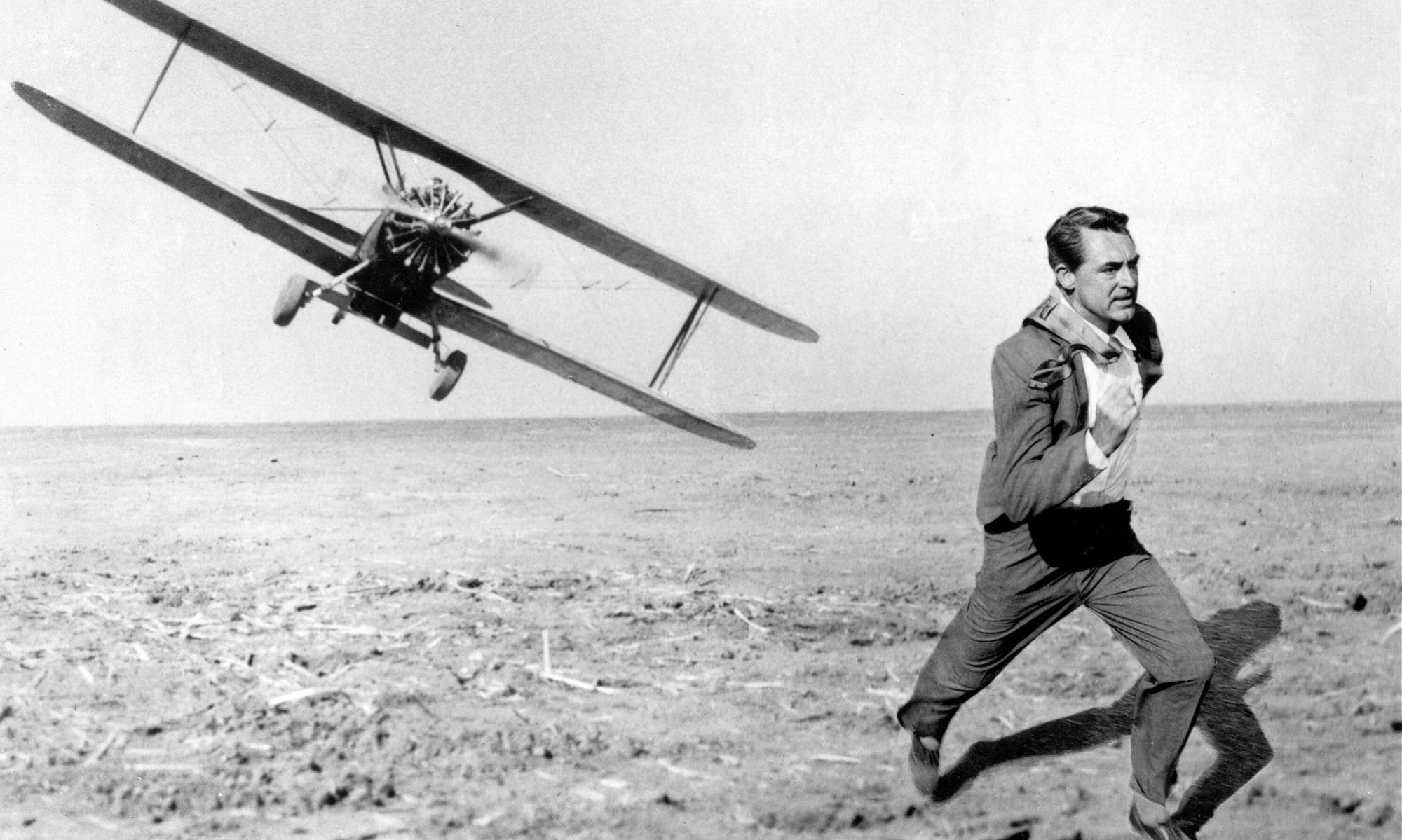When it’s on: Tuesday, 3 July (12.55 pm)
Channel: Channel 4
IMDb Link
The first half hour of Scaramouche buckles no swashes. Instead, there’s talking. Exposition, and talking. Stewart Granger plays Andre Moreau, a libertine who laughs and loves in France on the cusp of revolution. He has an on-off relationship with Lenore (Eleanor Parker), a blousey actress, and lives off donations provided by an unnamed noble father of whom he’s the illegitimate offspring. The first segment of the film focuses on Moreau’s flighty existence, swanning through life while his best friend, Philippe (Richard Anderson) doubles as pamphleteer Marcus Brutus, responsible for the revolutionary phrase Liberté, égalité, fraternité that so rallies the common people and angers the aristocracy. Such a noble is Noel, Marquis de Maynes (Mel Ferrer), the finest swordsman in France who is diverted from his killing machine ways by Marie Antoinette and instead charged with uncovering Marcus Brutus. The Queen also introduces him to one of her wards, Aline de Gavrillac (Janet Leigh), who ultimately becomes the love interest for both Moreau and Noel.
Once de Maynes happens upon and indeed kills Philippe, the film suddenly starts to become very good. Moreau’s now in danger. Having fought Noel for himself, only to be contemptuously dismissed and escaping with his life, he joins a band of Commedia dell’Arte players and takes the role of Scaramouche, a comic character who ever wears a mask to hide his ugliness. This has the lucky side-effect of landing him back in the arms of the feisty Lenore, whilst in his spare time Moreau trains in the art of fencing, tutored by great masters with revolutionary sympathies.
Two further duels between Moreau and de Maynes take place before the end of the film. The second is only a little less embarrassing than the first for our hero, but the final has them meeting as equals, with a theatre as the fighting ground and an entire audience on hand to spectate. This last fight is worth waiting for. Including a series of stunts, rope tricks, balletic pirouettes, furniture and props destroyed and Moreau every bit as deadly as his opponent, the duel lasts for eight minutes of pure choreographed brilliance. At the time, it was the longest fight sequence committed to celluloid, and the actors spent eight weeks training for it. Ferrer brought all his experience as a dancer to bear in his graceful movements, whilst Granger’s was more a performance of physical domination, his powerful 6′ 3″ frame dwarfing both the needle rapier and fellow duellist. It’s this quality that makes his on-screen improvement as a swordfighter so credible. Bludgeoning and crude in his early attempts at the art, Ferrer has to do little but shift his body out of the way, smiling all the time, as Granger thrusts futilely.
Most of Scaramouche is covered with Victor Young’s florid score, but this is absent from the fight scenes. It’s one of the best decisions made by director, George Sidney, who lets the soundtrack ring with the clash of hot metal rather than be clouded with orchestrals. One can very easily imagine a young George Lucas being in thrall to the duels, especially the climactic one, and resolving to end his Star Wars prequel trilogy with something that matched it. Only it doesn’t. Granger and Ferrer may cling from balconies, vault over sedans and fence across the rows of seats, but the impression they leave is of an epic fight that just happens to take place in a theatre rather than the CGI-driven videogame sequence that comes at the end of Star Wars III: The Revenge of the Sith. The photography is generally excellent, in particular the contrast between the colourful stage life of Scaramouche’s troupe and the mist enshrouded, earthy duelling scenes.
When he made Scaramouche, Granger was still in the early years of his contract with MGM. Destined to take over Errol Flynn’s swashbuckling mantle, this was the ideal project for him, and one he demanded as a stipulation of his agreement with the studio, having watched the 1923 silent as a youngster. A new version of the film had been in the pipelines for some years and appeared to be heading into musical territory, with Gene Kelly in the title role. This all changed with Granger’s involvement, and perhaps for the best. Once the dialogue-heavy first acts are over and Moreau’s on the run, Scaramouche just gets better and better. The only downside of the main cast is Janet Leigh, who takes the thankless, callow young lady’s role and is wiped off the screen by Eleanor Parker’s fiery redhead, indeed one wonders why Moreau’s affection remained when he had the gorgeous hellcat Lenore to grapple with.
Scaramouche: ***




